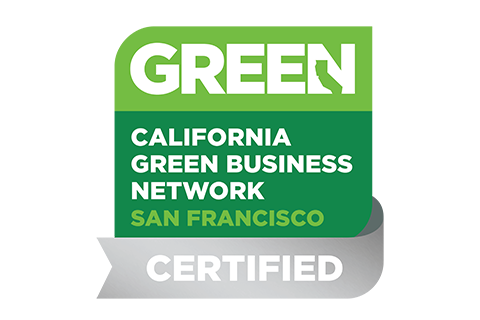CARB Releases Instructional Guidance for Operators Required to Report Greenhouse Gas Emissions Under AB 32
On Tuesday, December 2, 2008 the Office of Administrative Law approved California's Greenhouse Gas (GHG) Mandatory Reporting Regulations, adopted pursuant to the California Global Warming Solutions Act of 2006 (otherwise known as "AB 32"), and requiring the reporting of emissions for certain industries starting in 2009. Also on Tuesday, the California Air Resources Board (CARB) released a guidance document, titled "Mandatory Reporting of Greenhouse Gas Emissions: Instructional Guidance for Operators," which provides practical information to operators who are required to begin reporting their emissions under the Regulations.
The guidance document is non-binding, and provides detail and examples from CARB staff to help facilitate successful and accurate GHG reporting. In other words, the information contained in the guidance document does not carry the force of law, but can be used to gauge agency intent and to fill in information not specifically set out in the regulations. It also serves as a "plain language" description of the complex language found in the regulations.
To provide further assistance, CARB is conducting a number of reporting guidance sessions this week organized around particular reporting sectors. They will also hold a public meeting on December 19th to unveil the Reporting Tool software application that will be used to submit the Emission Data Reports required by the rule.
Starting in 2009, Emissions Data Reports for the previous year's GHG emissions will be due on April 1st of each calendar year for certain sources and on June 1st for others. 17 C.C.R. § 95103(b)(1). Given the time consuming nature of preparing these reports, the guidance document should assist those subject to the reporting regulations.[1]
The regulations require reporting for five specific industrial sectors along with one "catch-all" for large emitters in any industry (those that emit over 25,000 metric tons CO2 ). 17 C.C.R. § 95101(b). The sector specific chapters in the guidance document provide information on methods that are unique to that sector for calculating and reporting emissions, such as how to estimate fuel combustion for cement plants, and the options for calculating and reporting refinery fuel gas CO2 combustion emissions. The emissions to be reported include CO2, N2O and CH4 for all facilities, and certain facilities must also report SF6 and HFC emissions. The guidance document helps explain the different methods for calculating emissions of each of these gases.
Verification of the Emissions Data Reports will be required for all facilities starting in 2010 and is optional in 2009. Some facilities will be required to verify annually and others only triennially (except for certain general stationary combustion facilities who will be required to verify triennially starting in 2011). 17 C.C.R. § 95103(c)(1-3). Verification reports must be submitted within six months from the initial applicable reporting date, either October 1st or December 1st. 17 C.C.R. § 95103(c)(4). Chapter 6 of the guidance document provides basic information to operators on verification, and CARB has said that a separate guidance document will be drafted to address the needs of the third-party verifiers identified in the regulations.
Farella Braun + Martel is following the development of AB 32 and other climate change-related legislation closely and will continue to provide periodical updates on important developments.
Farella Braun + Martel has advised a number of clients on carbon management strategies, reporting obligations and the treatment of GHG emissions in CEQA documents and is closely monitoring the development of Climate Change-related statutes and regulations. For more information, please contact Sky Stanfield or Buzz Hines at 415.954.4400.
[1] The industrial sectors that are required to report their emissions to CARB are as follows: cement plants; petroleum refineries (with >25,000 Metric Tons CO2 in a calendar year); hydrogen plants (with >25,000 MT CO2 in a calendar year); electricity generating facilities and cogeneration facilities (with > 1 MW and >2,500 MT CO2 in a calendar year); electricity retail providers and marketers; and other industrial facilities referred to as "general stationary combustion facilities" (>25,000 MT CO2 in a calendar year).

